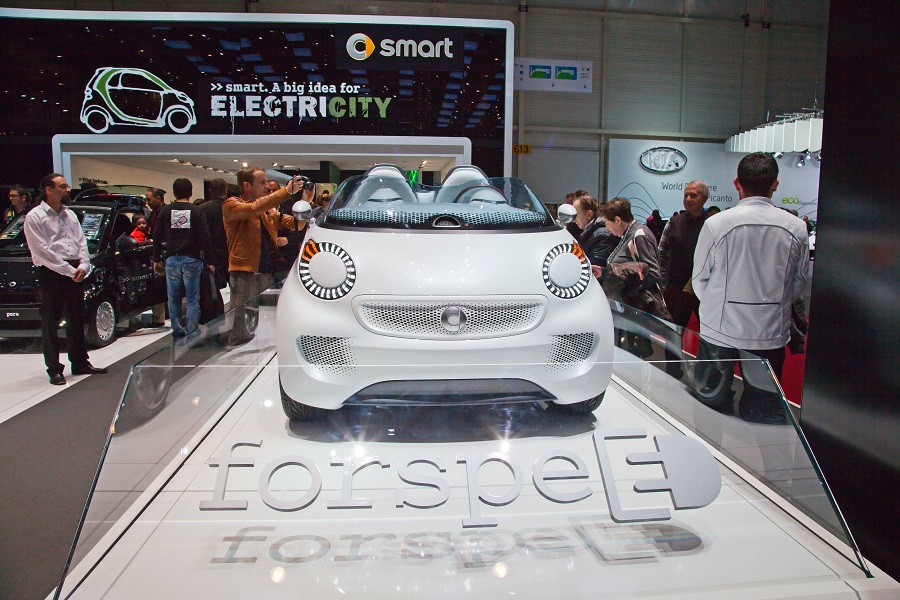 As electric vehicles (EVs) continue to evolve, they’re equipped with features that push the boundaries of what we expect from personal transportation. These advancements not only offer a cleaner alternative to gasoline-powered cars but also deliver experiences that were unimaginable just a few years ago. Here are 13 modern EV features that highlight their superiority over their gasoline counterparts and showcase the innovative future of driving.
As electric vehicles (EVs) continue to evolve, they’re equipped with features that push the boundaries of what we expect from personal transportation. These advancements not only offer a cleaner alternative to gasoline-powered cars but also deliver experiences that were unimaginable just a few years ago. Here are 13 modern EV features that highlight their superiority over their gasoline counterparts and showcase the innovative future of driving.
1. Instantaneous Torque and Acceleration
 Unlike gasoline cars, which need to rev up to reach peak power, EVs deliver instantaneous torque, providing immediate acceleration from a standstill. This feature allows for a smoother and quicker ride, making gas cars feel sluggish in comparison. The thrill of near-instant acceleration is not only a nod to performance but also enhances safety in situations that require quick maneuvering.
Unlike gasoline cars, which need to rev up to reach peak power, EVs deliver instantaneous torque, providing immediate acceleration from a standstill. This feature allows for a smoother and quicker ride, making gas cars feel sluggish in comparison. The thrill of near-instant acceleration is not only a nod to performance but also enhances safety in situations that require quick maneuvering.
2. One-Pedal Driving
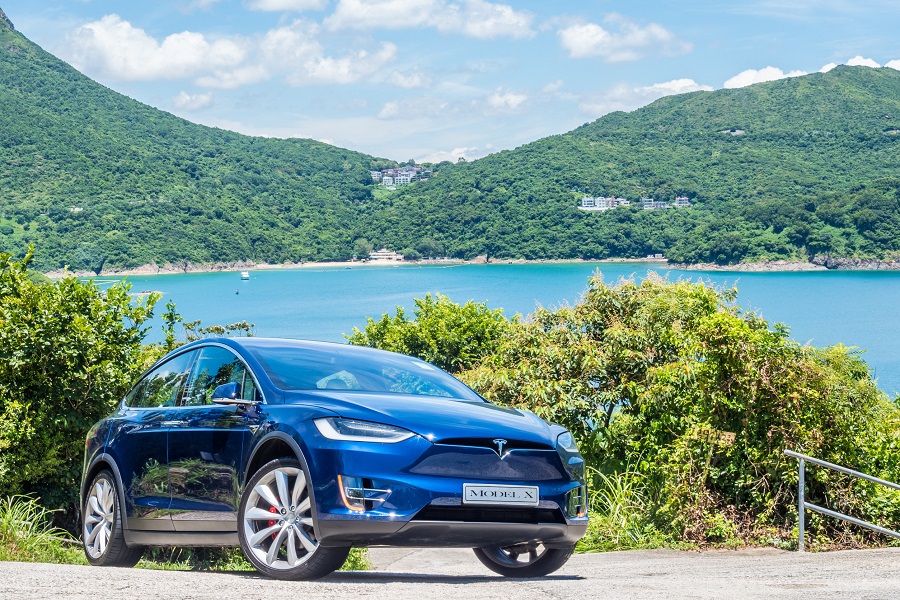 EVs offer the innovative feature of one-pedal driving, where drivers can accelerate and decelerate using only the accelerator pedal. Lifting off the pedal engages regenerative braking, which slows the car while recharging the battery. This not only simplifies driving but also extends the range of the vehicle, a stark contrast to the manual process of shifting gears and alternating pedals in gas cars.
EVs offer the innovative feature of one-pedal driving, where drivers can accelerate and decelerate using only the accelerator pedal. Lifting off the pedal engages regenerative braking, which slows the car while recharging the battery. This not only simplifies driving but also extends the range of the vehicle, a stark contrast to the manual process of shifting gears and alternating pedals in gas cars.
3. Autonomous Driving Capabilities
 Many electric vehicles are at the forefront of autonomous driving technology, equipped with advanced driver-assistance systems (ADAS) that allow for semi-autonomous travel. EV features like autopilot, automated parking, and lane-keeping assistance offer a glimpse into a future where cars drive themselves, making manual driving in gas cars seem outdated.
Many electric vehicles are at the forefront of autonomous driving technology, equipped with advanced driver-assistance systems (ADAS) that allow for semi-autonomous travel. EV features like autopilot, automated parking, and lane-keeping assistance offer a glimpse into a future where cars drive themselves, making manual driving in gas cars seem outdated.
4. Silent Operation
 The absence of an internal combustion engine means EVs operate almost silently, reducing noise pollution and offering a more peaceful driving experience. This quiet operation is a significant departure from the roar of gasoline engines, highlighting the environmental and social benefits of electric propulsion.
The absence of an internal combustion engine means EVs operate almost silently, reducing noise pollution and offering a more peaceful driving experience. This quiet operation is a significant departure from the roar of gasoline engines, highlighting the environmental and social benefits of electric propulsion.
5. Over-the-Air (OTA) Updates
 EVs can receive over-the-air software updates that improve vehicle performance, add new EV features, and enhance user experience without the need to visit a dealership. This capability ensures that an EV continues to evolve after purchase, a concept that traditional gas cars, with their fixed features, cannot match.
EVs can receive over-the-air software updates that improve vehicle performance, add new EV features, and enhance user experience without the need to visit a dealership. This capability ensures that an EV continues to evolve after purchase, a concept that traditional gas cars, with their fixed features, cannot match.
6. Wireless Charging
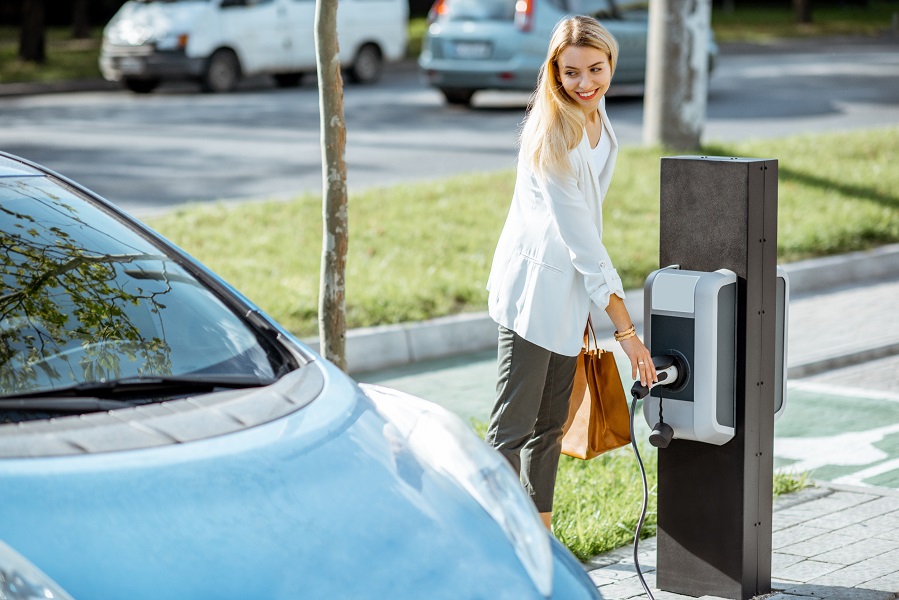 Imagine never having to plug in your car to charge it. Wireless charging technology, still in the early stages for EVs, promises to make this possible by charging vehicles parked over a charging pad. This innovation points to a future where recharging is as simple as parking your car, leaving traditional fueling stations looking archaic.
Imagine never having to plug in your car to charge it. Wireless charging technology, still in the early stages for EVs, promises to make this possible by charging vehicles parked over a charging pad. This innovation points to a future where recharging is as simple as parking your car, leaving traditional fueling stations looking archaic.
7. Eco-Friendly Materials
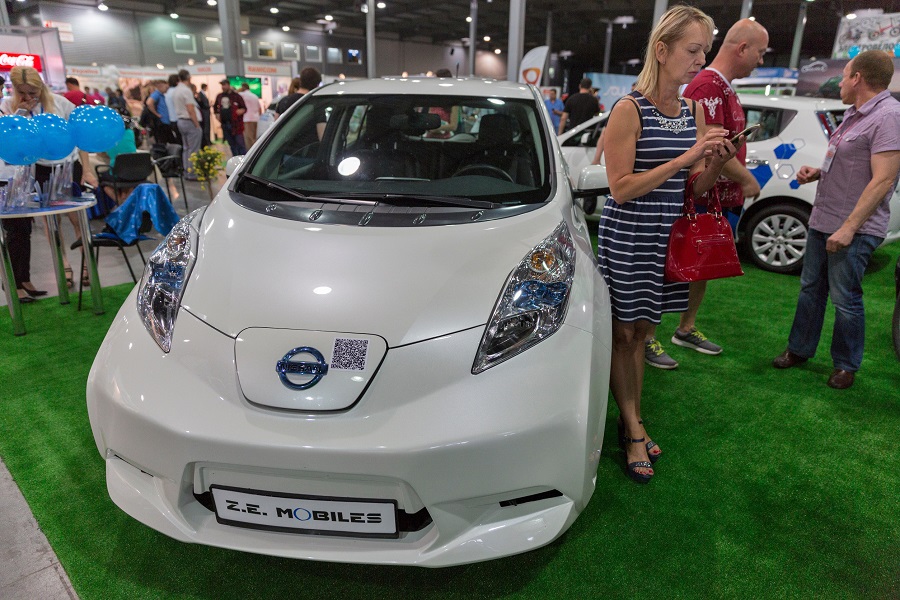 Many EV manufacturers prioritize sustainability, not just in their vehicles’ operation but in their construction. The use of recycled materials, vegan leather, and sustainably sourced interiors in EVs underscores a commitment to environmental responsibility that gas cars, with their reliance on traditional manufacturing processes, often lack.
Many EV manufacturers prioritize sustainability, not just in their vehicles’ operation but in their construction. The use of recycled materials, vegan leather, and sustainably sourced interiors in EVs underscores a commitment to environmental responsibility that gas cars, with their reliance on traditional manufacturing processes, often lack.
8. Integrated Solar Panels
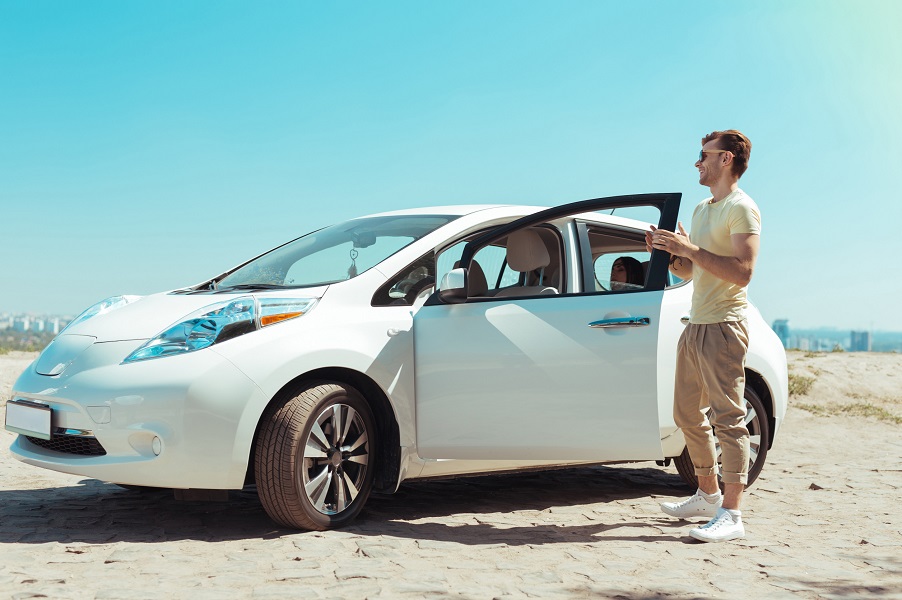 Some electric vehicles are beginning to incorporate solar panels into their design, allowing cars to harness solar energy to charge the battery. These EV features contribute to the vehicle’s range and efficiency, showcasing an integration of renewable energy sources that gasoline cars cannot replicate.
Some electric vehicles are beginning to incorporate solar panels into their design, allowing cars to harness solar energy to charge the battery. These EV features contribute to the vehicle’s range and efficiency, showcasing an integration of renewable energy sources that gasoline cars cannot replicate.
9. Advanced Battery Technology
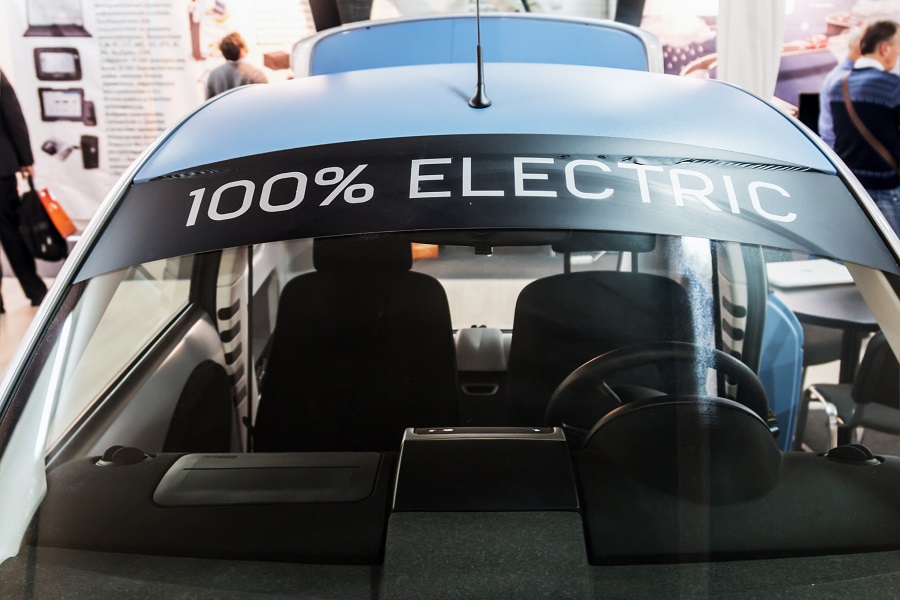 EVs are powered by cutting-edge battery technology that offers high energy density, long life, and fast charging capabilities. As battery technology continues to advance, electric vehicles are achieving longer ranges and shorter charging times, making the limitations of gasoline fuel seem cumbersome by comparison.
EVs are powered by cutting-edge battery technology that offers high energy density, long life, and fast charging capabilities. As battery technology continues to advance, electric vehicles are achieving longer ranges and shorter charging times, making the limitations of gasoline fuel seem cumbersome by comparison.
10. Regenerative Braking
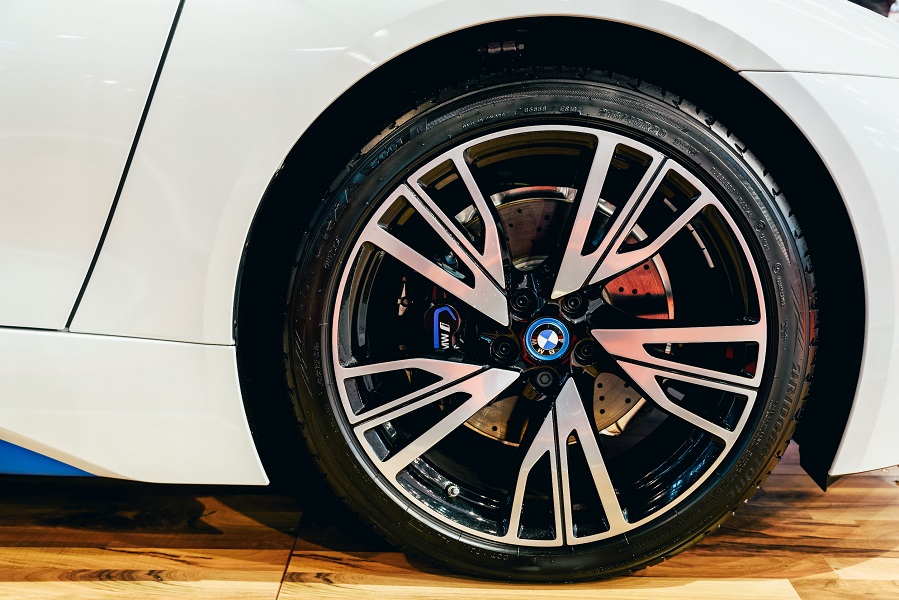 This feature captures the energy lost during braking and converts it back into electrical energy, which is then stored in the vehicle’s battery. Regenerative braking not only increases an EV’s range but also reduces wear on the braking system, offering a level of efficiency that gas cars, with their purely mechanical braking systems, cannot achieve.
This feature captures the energy lost during braking and converts it back into electrical energy, which is then stored in the vehicle’s battery. Regenerative braking not only increases an EV’s range but also reduces wear on the braking system, offering a level of efficiency that gas cars, with their purely mechanical braking systems, cannot achieve.
11. Smart Cabin Features
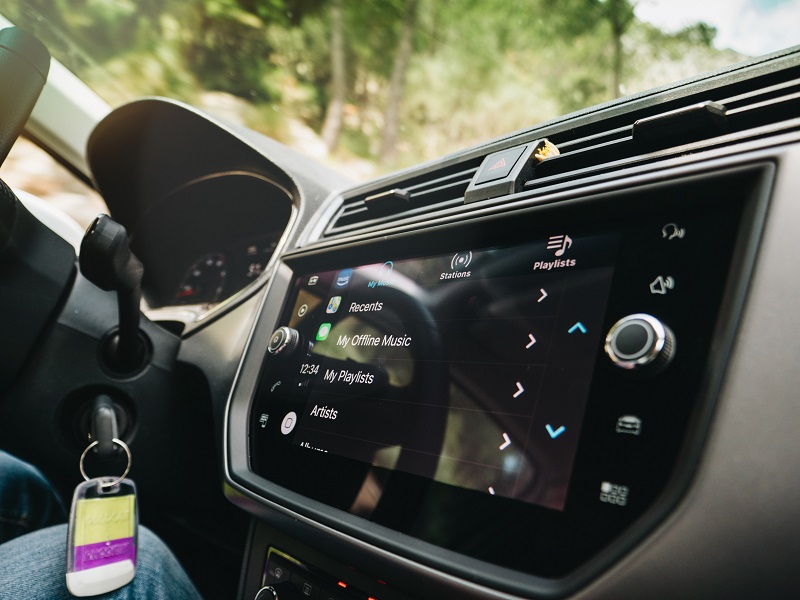 Electric vehicles often come equipped with smart cabins that feature large touchscreens, customizable ambient lighting, and voice-activated controls, creating a connected and personalized driving experience. These digital-centric interiors reflect a shift towards a more integrated and interactive approach to vehicle design.
Electric vehicles often come equipped with smart cabins that feature large touchscreens, customizable ambient lighting, and voice-activated controls, creating a connected and personalized driving experience. These digital-centric interiors reflect a shift towards a more integrated and interactive approach to vehicle design.
12. Zero Tailpipe Emissions
 Perhaps the most defining EV features are their zero tailpipe emissions. By operating entirely on electricity, electric vehicles eliminate the direct release of pollutants, offering a clean alternative to the carbon emissions of gasoline cars and significantly reducing the driver’s environmental footprint.
Perhaps the most defining EV features are their zero tailpipe emissions. By operating entirely on electricity, electric vehicles eliminate the direct release of pollutants, offering a clean alternative to the carbon emissions of gasoline cars and significantly reducing the driver’s environmental footprint.
13. Vehicle-to-Grid (V2G) Technology
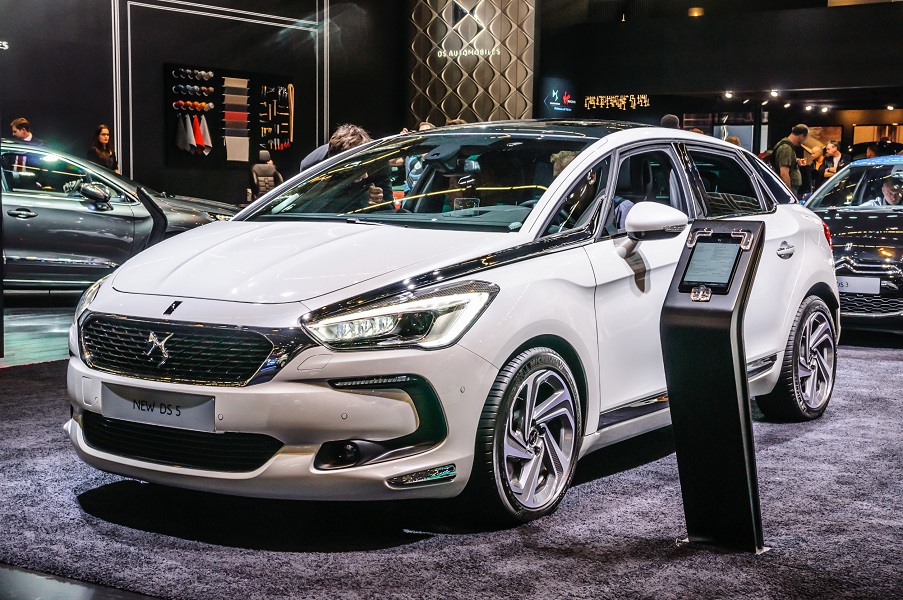 Some electric vehicles are capable of vehicle-to-grid (V2G) technology, allowing them to feed unused electricity back into the power grid. This not only has the potential to improve grid stability but also turns EVs into mobile energy storage units, a far cry from the one-way energy consumption of gasoline vehicles.
Some electric vehicles are capable of vehicle-to-grid (V2G) technology, allowing them to feed unused electricity back into the power grid. This not only has the potential to improve grid stability but also turns EVs into mobile energy storage units, a far cry from the one-way energy consumption of gasoline vehicles.
The EV Revolution Is Here
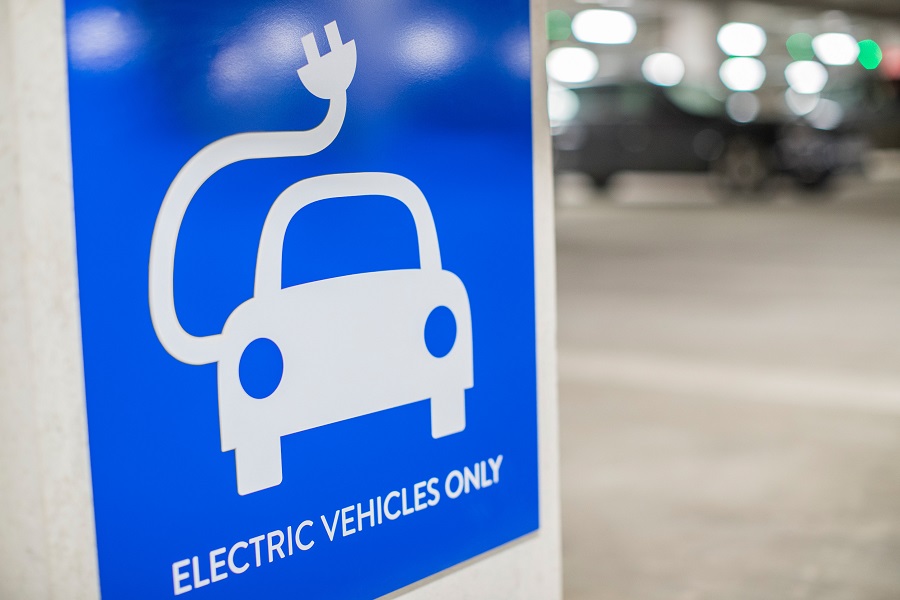 Electric vehicles are redefining what we expect from personal transportation, offering EV features that make gas cars look increasingly like antiques. As technology advances and societal attitudes shift towards sustainability, EVs continue to push the envelope, promising a future where driving is cleaner, smarter, and more enjoyable. Embracing the EV revolution offers a chance to be part of a more sustainable, efficient, and exciting driving future.
Electric vehicles are redefining what we expect from personal transportation, offering EV features that make gas cars look increasingly like antiques. As technology advances and societal attitudes shift towards sustainability, EVs continue to push the envelope, promising a future where driving is cleaner, smarter, and more enjoyable. Embracing the EV revolution offers a chance to be part of a more sustainable, efficient, and exciting driving future.
How to Stay Focused When You’re On the Road
The post 13 Futuristic EV Features That Make Gas Cars Look Like Antiques appeared first on Plunged in Debt.